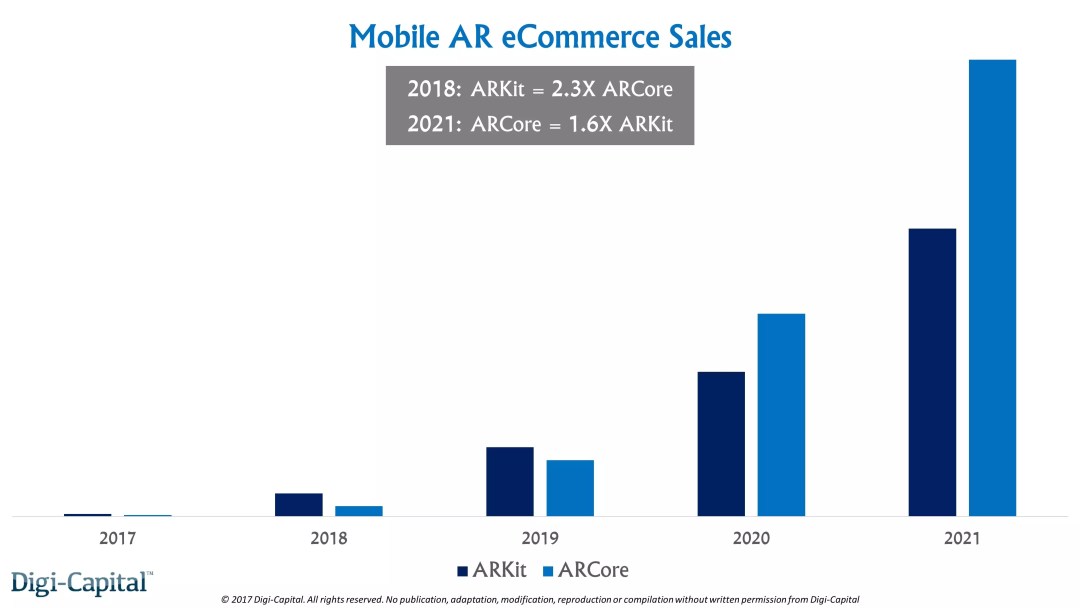AR catalogs + e-commerce = ….profit?
Today we see not just an increase in revenue from the use of this technology but new creative ways by which the retailers can save cost, increase awareness of their product line and showcase a larger variety of their inventory.

One of the major drawbacks on having a brick and mortar shop is the volume of customers that can be attended to at any given point in time, with some customers getting the personalized experience and others feeling ignored in cases where you have a high volume of customers.
AR changes this, the retail catalog becomes an explorable map that the shopper can explore at their leisure and to a higher degree of freedom than they would otherwise be able to in a standard store.
Exploring Possibilities
Ranging from the furniture manufacturing industry to clothing and even jewelry, AR catalogs are making not just the sales experience more meaning full but enhances interactions with clients more streamline and increases the possibility of sales. Smartphones, tablets, wearables, and Internet of Things (IoT) apps are enabling this technology and bringing it closer to everyday users.
The IKEA yearly catalog is a good example of this. The company is using AR to help clients understand whether a desired piece of furniture will fit into a given room. Shoppers can put the catalog on the floor, point their smartphone with an AR app to a piece of furniture, and see what it would look in the room.

With AR, retailers can create immersive product catalogs with preview options. Online retailers that don’t own brick-and-mortar stores can use AR product catalogs to overcome the disadvantage of not having a showroom. They can build AR apps that show all the products on offer. And because the 3D modules are reusable over and over again, there is only the initial cost of its creation after which retailers save money.
All things customizable
Yet one of the strongest points in having an AR catalog is the ability to customize it as needed. This is because Augmented Reality provides customizable user experience content that matches user needs.
In apparel, accessories, and cosmetics, brands can allow customers to virtually try on their products. Contractors, architects, and designers can let clients preview a huge collection of designs before making their final selection.
Immersive AR technology lets customers find what they need quickly, supplies customers with information about products, and increases the number of purchases made. AR mobile apps can help users create shopping lists, find the shortest route through the store to the things they want to buy, and guide customers to all products on their list.

Using AR, clients can see all options and make decisions more easily after they’ve visualized products. Adding in-store navigation to the mix creates easy and informative content so that shoppers don’t get lost or confused.
With Augmented Reality solutions making the way into digital catalogs, we see a more inclusive customer experience where each user gains much more exposure in the shopping experience they would have in a physical store and in some cases, both the AR experience and in-store experience are merged to create a new user experience.
